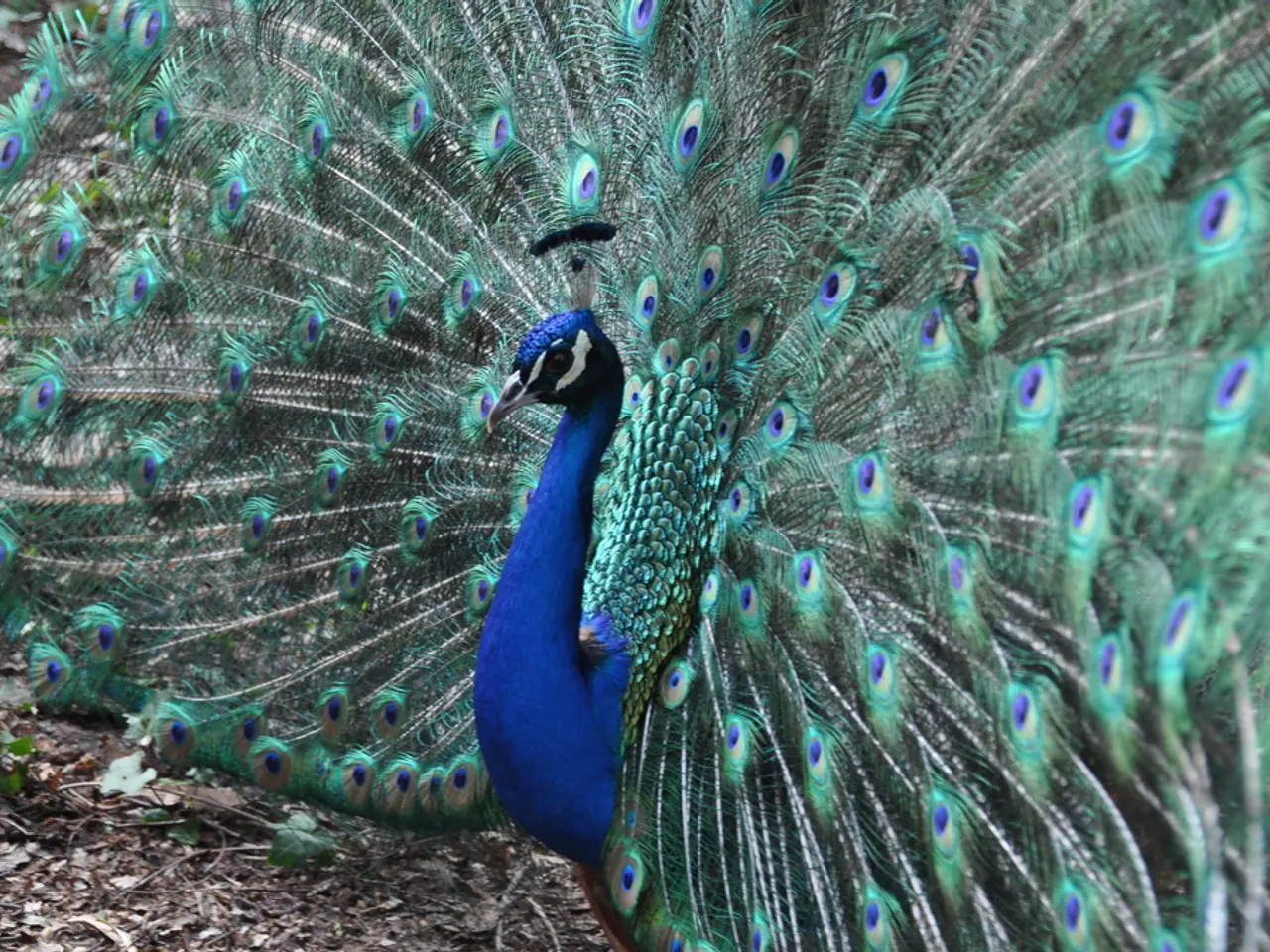World's Oldest Vining Charmer: The Perennial Sweet Pea
Growing Perennial Sweet Pea (Lathyrus Latifolius): A Guide to Nurturing These Enchanting Vines
Known for its undeniable appeal and vibrant hues, the perennial sweet pea vine is a garden classic that continually dazzles. A hardy climber reminiscent of the beloved annual sweet pea, this perennial offers an extra bonus: once established, it returns victory after victory for years to come.
Ready to bring some enchantment to your garden with this oversized charmer? Buckle up as we delve into the whimsical ways to cultivate your own magical perennial sweet pea vine.
Real Talk: This old-fashioned favorite, known botanically as Lathyrus latifolius, has been around since the early 1700's. Over time, it has naturalized itself through much of North America and can be found just about anywhere—fences, roads, fields, and even railroads. It's deer-resistant and has shiny, oval leaflets that spellbind anyone who lays eyes on it.
The Scoop on Perennial Sweet Pea Basics
Perks of the Perennial Sweet Pea
- Blooms like Crazy: Perennial sweet peas display beautiful, delicate flowers in lovely shades of rose, pink, purple, and white from June through September (that's right, all summer long!). They're just as pretty as their annual counterparts, but the big difference is that they don't need replanting every year.
- Pollinator's Paradise: These plants are a haven for hummingbirds, butterflies, and beneficial pollinators. Post-bloom, they're covered in flat, pea-like pods that serve as a sweet treat for birds and small mammals.
- Jacked-Up Height: This vine can grow up to 10 feet tall (yup, that's over three meters!) and boasts a spread of six feet (two meters). Plant this mighty climber at the back of your border, or let it take center stage over a picket fence.
Note: Despite their charm, perennial sweet peas are toxic to some degree. So, exercise caution, especially if you have furry friends roaming around.
All about Perennial Sweet Pea Care
Nurturing this hardy vine is a cinch. Here's the low-down on giving your perennial sweet pea all it takes to thrive:
Sunlight:
- The Golden Hours: This little dynamo loves the sun, but can also handle a little shade. To get the most blooms and a bushier plant, aim for at least six to eight hours of sunlight daily.
Water:
- Deep Drinks: Perennial sweet peas are pretty tough when it comes to water, but they prefer regular deep watering about 2-3 times a week. Just use your soaker hose or drip irrigation to keep things clean and fungus-free.
Temperature & Humidity:
- Cool It: Perennial sweet peas are partial to cooler climates, and prefer nighttime temperatures above 50°F (10°C). They don't need extra humidity to stay moist.
Soil:
- Rich & Drainy: These versatile plants can grow in a variety of soils, as long as it's rich in organic matter and well-drained. Bonus points if it's clay, sand, or loam! The pH level doesn't matter much to these lovelies.
Fertilizer:
- Organic Obsession: Gift your sweet pea plants soil rich in organic matter at the time of planting, and they'll never need artificial fertilizers unless they're in a nutrient-poor soil. The secret to success? Aged manure and compost.
How to Plant Perennial Sweet Peas:
- Location, Location, Location: Plant your perennial sweet peas a foot away from their support structure, like a fence or trellis.
- Prep the Soil: Dig a hole 6 inches deep, add organic matter (like compost), and put your seeds in. Cover them just slightly with soil.
- Water 'Em: Give them a good soak to help them germinate. The seeds will typically pop up in 3-4 days. Thin them to about a foot apart when they're big enough to handle.
Pruning Perennial Sweet Pea Plants:
- Deadheading: Remove spent flower buds as soon as they fade to encourage more blooms.
- Snip, Snip: Trim seed pods at the same time to prevent overproduction. This keeps the plant focused on making beautiful flowers instead of producing more seeds.
- Pinching: Pinch back your vine to control its growth and enhance bushiness. The more you stimulate growth, the more blooms you get.
- Winter TLC: Cut the plant back to ground level in autumn or early spring, and remove any dead or cut vines from the trellis or support.
Common Problems, Pests & Diseases:
Generally, perennial sweet peas are low-maintenance and a breeze to care for. But if poor drainage or overcrowding sets in, you might notice problems like fungal diseases or snails and slugs. Fungal concerns include black root rot, gray mold, leaf spot, mildew, and rust. Note: Perennial sweet peas are toxic.
Pollinator-Loving Perennials You'll Adore
- Black-Eyed Susan: Sun worshippers, these bright beauties are magnets for butterflies and bees. Helianthus annuus
- Zinnia 'Profusion': An ultra-double flowering zinnia, this annual boasts long-lasting blooms that are the perfect size for hummingbirds. Zinnia elegans 'Profusion'
- Butterfly Bushes: Fragrant, showy, and long blooming, these woody shrubs are butterfly magnets all season long. Buddleja davidii
- California Poppies: Native to California, this dynamic, drought-tolerant poppy is a butterfly favorite. Eschscholzia californica
The Garden Classic You Can't Afford to Miss Out On
Gardeners love perennial sweet peas for their romantic charm, remarkable height, and eye-catching blossoms. With these care tips in hand, you're well on your way to cultivating the fairytale garden of your dreams. So what are you waiting for? Get out there and plant some enchantment!
Sources: [1] Missouri Botanical Garden: Lathyrus latifolius Invasive Potential
[2] University of Connecticut Extension: Growing Perennial Sweet Peas
Enhance your home-and-garden lifestyle with the magical perennial sweet pea vine, cultivating it to be the star of your home-grown floral display. This enchanting plant survives and thrives over the years, making it the perpetual standout in any garden or border.
Glad to know you've found a passion for perennial sweet peas, so let's continue diving into the nitty-gritty of its care. Additionally, your garden can become a haven for pollinators with the addition of other flowering plants on our list, such as black-eyed susans, zinnias, butterfly bushes, or California poppies.







